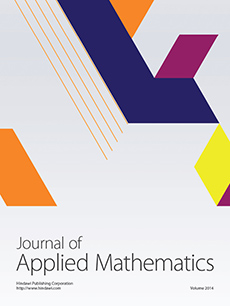Abstract
The queueing system considered is essentially a M/M/N/N queue where two types of users compete for the resources. The users may have different arrival and service rates and are denoted as primary or secondary users. The primary users have priority access to the resources, and three levels of priority are considered: perfect priority, partial priority, and no priority. This system models the recently developed cognitive radio concept, a methodology that has been proposed for future mobile radio systems. In this context, the primary users have certain rights to use the resources, whereas the secondary users must make opportunistic use of the resources without impacting too much on the performance of the primary users. For all priority settings, the mean number of primary and secondary users is derived as are the blocking probabilities for both users. When no priority is given to the primary user, the system collapses to a truncated form of two independent M/M/∞ queues. The product form solution for this special case is known, and, here, these results are given in a novel, compact form. In the case of nonzero priority, the dropping probability for the secondary users is also derived.
Citation
Peter J. Smith. Abdulla Firag. Pawel A. Dmochowski. Mansoor Shafi. "Analysis of the M/M/N/N Queue with Two Types of Arrival Process: Applications to Future Mobile Radio Systems." J. Appl. Math. 2012 1 - 14, 2012. https://doi.org/10.1155/2012/123808
Information





